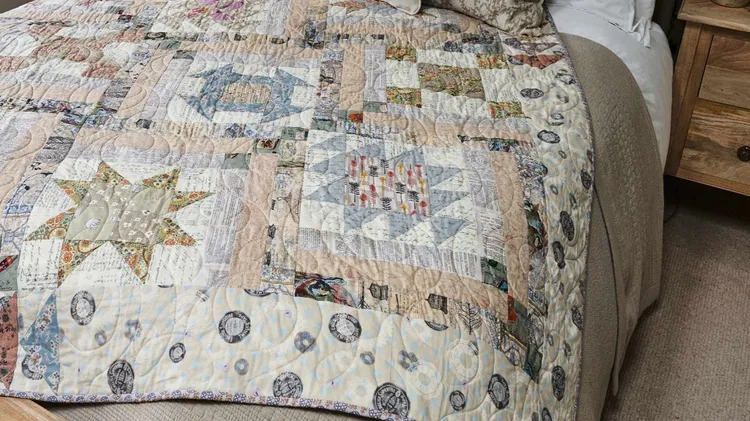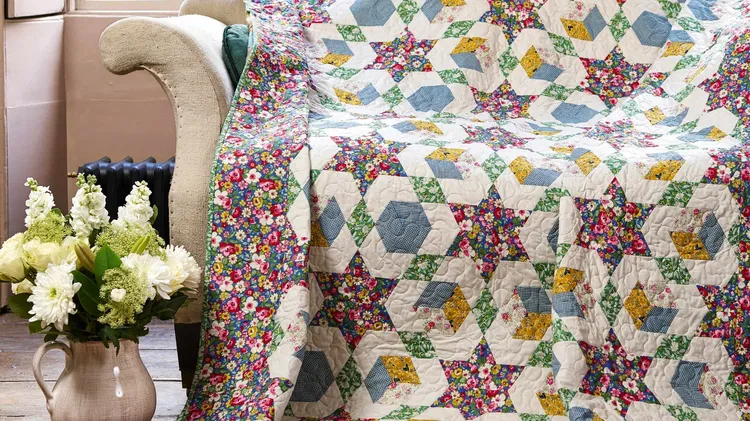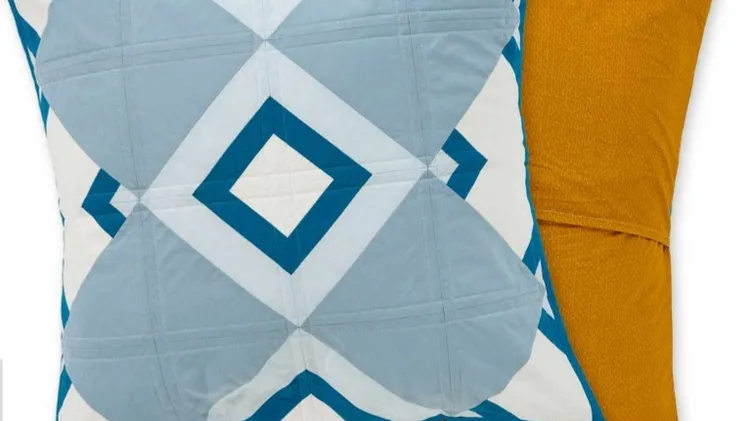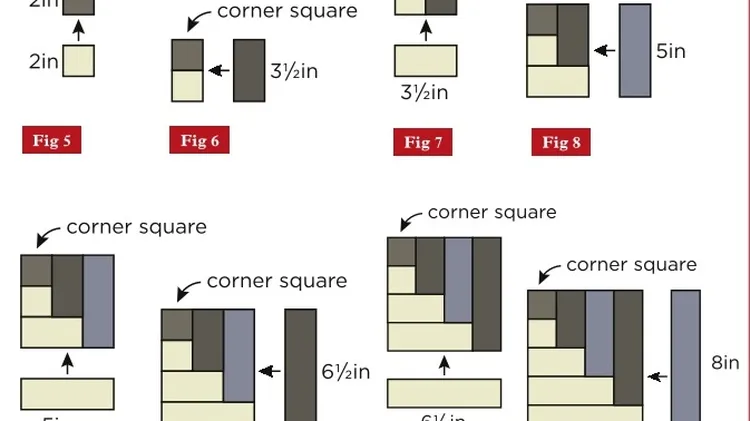Put leftover fabric scraps to good use by making this charming quilt design.
Spinning webs
6 min read
This article is from...
Read this article and 8000+ more magazines and newspapers on Readly






